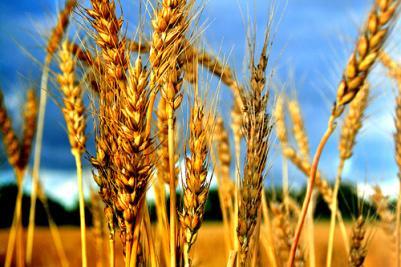
Glyphosate is the active ingredient in Roundup. It’s also a herbicide that genetically modified crops have been designed to tolerate. Since Monsanto invented glyphosate in 1974, it’s become the most widely used herbicide in the world. In Australia, glyphosate is most commonly used on wheat, corn, barley and canola. It’s also used on lawns, gardens and parks.
Once applied, glyphosate accumulates in a plants leaves, grains and/or fruit. Unfortunately, glyphosate residues cannot be removed by washing and they are not broken down by cooking; and glyphosate residues can remain stable in foods for a year or more, even if the foods are frozen, dried or processed (Kruger, 2014).
Although our actual exposure is touted to be low for most people, it’s widespread. Junk food lovers listen up. Consider that a burger pattie probably contains GMO soy fillers, a coke has high fructose corn syrup from GMO corn, fries are probably cooked in GMO canola oil, a fast food bread roll most likely contains GMO wheat, and the cows who produced the patty were probably fed GMO soy and corn. See what I mean? Depending on your diet, exposure can be widespread.
Last year, glyphosate was declared a Group 2A ‘probable’ human carcinogen by the International Agency for Research on Cancer (IARC), the prestigious cancer assessment arm of the WHO. Now, keep in mind that red meat, shift work and hairdressing are also listed as Group 2A ‘probable’ carcinogens… but that doesn’t mean that everyone should stop shift working, hairdressing or consuming red meat, does it?
We also know that alcohol, saw dust and oral contraceptives are all unqualified, definite carcinogens according to the IARC. The real question about all of these is whether we’re exposed to a high enough level to put us at risk. Remember, it’s the DOSE that determines the RESPONSE.
As there is a lot of contradictory evidence out there on whether, at the levels we’re exposed it it, glyphosate is safe or not for human consumption. Monsanto argues that glyphosate is “less toxic than aspirin” as a whopping 98% supposedly passes right through us. Monsanto also argues glyphosate is apparently only disruptive to plants via “the shikimate pathway,” which humans do not have.
The problem is, although the shikimate pathway is a metabolic pathway used by bacteria, fungi, algae, and parasites; and we may not contain this metabolic pathway directly, our gut bacteria do. So even if we aren’t absorbing all the glyphosate that’s on our food, we are certainly exposing the residents of our digestive tract to it! In short, glyphosate not only affects soil ecology, but also our human ecology. This is a BIG deal.
Bottom Line
You can minimise your glyphosate exposure by avoiding GMO foods, and opting for local organic produce and meats when you can. Consider that urinary glyphosate levels are significantly less in healthy people and people who eat organic food compared to chronically diseased people (Kruger 2014).Rather than waiting for government to implement more stringent chemical regulations, the best option is of course to adopt the precautionary principle and avoid exposure wherever possible.
Unfortunately, in many cases, the massive increase in our chemical exposure has very much outpaced our knowledge of their consequences. Finally, remember that as glyphosate seems to act at some level as a herbicide to our precious gut flora, achieving good microbial diversity with plenty of fiber and fermented foods is incredibly important.
Until next time,
Stacey.
